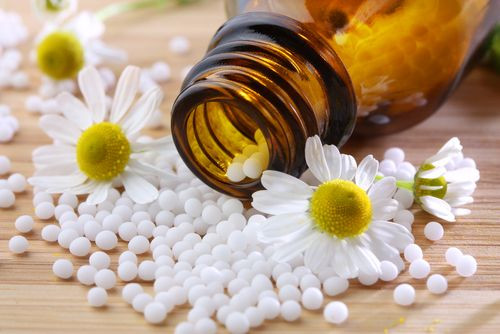Is Homeopathy Bogus Or Is The Newest Report That Says It Is Another Example Of Junk Science?

A new Australian study, sponsored by the country’s National Health and Medical Research Council (NHMRC), finds homeopathy to be ineffective. Could the new study possibly be more about a health care system unwilling to reimburse for complementary and alternative medicines (CAMs) than it is about the actual science? Certainly, the NHMRC would say “no.”
For its review, the NHMRC used three main sources of information about the effectiveness of homeopathy: systematic reviews, information provided by homeopathy groups, and guidelines and reports published by governments of other countries. After its review, the NHMRC concluded that “evidence from research in humans does not show that homeopathy is effective for treating the range of health conditions considered.” Among the 68 conditions considered were asthma, migraine, muscle soreness, HIV infection, insomnia, arthritis, colds, ulcers, and ADHD. “There were no health conditions for which there was reliable evidence that homeopathy was effective,” the authors state in their report, noting that none of the studies were of a quality to offer meaningful results. In short, homeopathy, not the report, might be seen as "junk science." Despite this evidence, many people around the world would argue fiercely in its favor.
History of Homeopathy
Homeopathy, according to UK-based Society of Homeopaths, is a system of medicine which involves “treating the individual with highly diluted substances, given mainly in tablet form, with the aim of triggering the body’s natural system of healing.” Founded by Dr. Samuel Hahnemann (1755-1843), it is based on the theory that "like cures like" or the "principle of similar." According to legend, one day the struggling doctor started to take regular doses of cinchona (quinine), which produced all the symptoms of malaria but to a milder degree. This led him to the thought that, if a patient had an illness, it might be cured by giving a medicine that would produce similar symptoms, but to a lesser degree, in a healthy person.
Given a more familiar spin by the American Institute of Homeopathy, this "holistic, natural approach" to the treatment of the sick uses ingredients from vegetable, mineral, or animal sources. Along with the principle of similar, homeopathy involves the principle of minimum dose, meaning remedies are distilled down to the finest dilution in which there is no detectible chemical substance left, and the principle of single remedy, meaning a practitioner only prescribes one homeopathic medicine at a time.
Are these ideas really so hair-brained? Hippocrates, the Father of Medicine, believed that a disease is produced by similar things and “through the application of the like is cured.” Contemporary scientists employ this same "like cures like" idea as the basis for some medicines (such as using a stimulant, Ritalin, to treat patients with ADHD). In India, an estimated 150,000 practitioners currently use homeopathic methods to heal patients. For a recent study, Indian researchers investigated the efficacy of an “add on” homeopathic intervention to the standard regimen for multi-drug resistant tuberculosis (MDR-TB), a major public health problem. With the assistance of 120 MDR-TB patient volunteers, the researchers discovered that, “Add on homeopathy in addition to standard therapy appears to improve outcome in MDR-TB.”
In the U.S., the 10 most common diseases treated by homeopaths are asthma, depression, otitis media, allergic rhinitis (hay fever), headache and migraine, neurotic disorders, non-specific allergy, dermatitis, arthritis, and hypertension. In Germany, the birthplace of homeopathy, researchers from Saarland University observed the common (and possibly increasing) practice of using CAM for children with cancer. The most common CAM? Homeopathy. In their recent study, participants cited a need to reduce therapy-related side effects and to strengthen the immune system as their reasons for using CAM, which was most prevalent among those with higher parental education and higher family income. A majority (97 percent) said they would recommend it to someone else.
Such high prevalence rates suggested to the Saarland researchers a “need for additional treatment perceived as successful and devoid of side-effects.” Possibly, patients and their families are seeking greater reassurance, which is not easily provided in the fast-paced offices of oncologists and other medical professionals. As any critically ill patient knows, bedside manner — which practitioners of homeopathy provide in spades — makes all the difference in the world.
Published by Medicaldaily.com



























